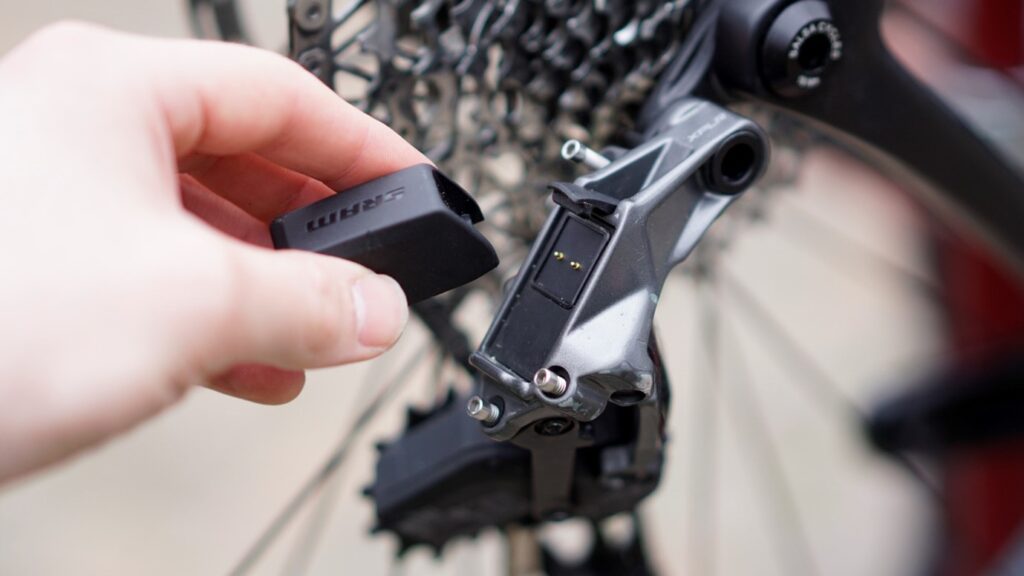Embarking on the journey of becoming a skilled rider involves mastering the art of gear shifting. In this guide, we will delve into the essential techniques that new riders need to know to ensure a smooth and seamless transition on the road.
From understanding the basics to advanced strategies, gear shifting plays a crucial role in optimizing your motorcycle's performance. Let's explore the key aspects of mastering the gear shifting process for new riders.
Understanding Gear Shifting
Gear shifting on a motorcycle is the process of changing gears to optimize speed, power, and efficiency while riding. By shifting gears, riders can control the engine speed (RPM) and match it with the speed of the motorcycle.Proper gear shifting is crucial for new riders as it directly impacts the performance and safety of the ride.
Understanding when to shift gears and how to do it smoothly is essential for a smooth and controlled ride.
Role of Gear Shifting
- Gear shifting allows riders to accelerate or decelerate effectively by adjusting the power output of the engine.
- Changing gears at the right time helps in maintaining the engine's performance and preventing strain on the motorcycle.
- Each gear has a specific range of speed and power delivery, allowing the rider to adapt to different road conditions.
Basic Gear Shifting Techniques
When it comes to shifting gears on a motorcycle, mastering the basics is essential for a smooth and efficient ride. Proper gear shifting not only improves the performance of the bike but also ensures a safer and more enjoyable riding experience.
Step-by-Step Guide to Shifting Gears Smoothly
- Start by accelerating the motorcycle to a moderate speed in the current gear.
- As you reach the desired speed, gently squeeze the clutch lever with your left hand.
- While maintaining the throttle position with your right hand, use your left foot to shift the gear lever upwards to move to a higher gear.
- Release the clutch lever slowly to engage the new gear smoothly.
- Adjust the throttle to match the new engine speed and continue riding.
Using the Clutch and Throttle During Gear Shifting
Proper coordination between the clutch and throttle is crucial for seamless gear shifting.
- Pressing the clutch disengages the engine from the transmission, allowing you to shift gears without causing damage to the gearbox.
- Using the throttle while shifting helps to match the engine speed with the road speed, preventing jerky movements or stalling.
- Practice finding the right balance between the clutch and throttle to achieve smooth gear transitions.
Matching Engine Speed When Shifting Gears
- Matching the engine speed with the road speed is essential to prevent lurching or stalling when shifting gears.
- Downshift when the engine speed is too high for the current road speed to avoid strain on the engine.
- Upshift when the engine speed is too low for the current road speed to maintain optimal performance.
Common Mistakes to Avoid

When it comes to gear shifting for new riders, there are a few common mistakes that can hinder a smooth and safe ride. Understanding these errors and knowing how to prevent them is crucial for mastering gear shifting on a motorcycle.Stalling the motorcycle during gear shifting is a frequent issue for beginners.
This often happens when the clutch is released too quickly or when the throttle is not properly managed. To prevent stalling, ensure that you release the clutch gradually while simultaneously giving enough throttle to keep the engine running smoothly. Practice finding the right balance between clutch control and throttle input to avoid stalling.Improper gear shifting can have a significant impact on the performance of the motorcycle.
Shifting gears too early or too late can cause the engine to lug or rev too high, leading to decreased acceleration and potential damage to the engine over time. It is essential to shift gears at the appropriate RPM range to maintain optimal performance and efficiency.
Impact of Improper Gear Shifting
Improper gear shifting can lead to a range of issues, including:
- Decreased acceleration and power output
- Increased fuel consumption
- Excessive wear on the engine and transmission
- Difficulty in maintaining control and stability
It is crucial to practice proper gear shifting techniques to ensure a smooth and enjoyable riding experience while preserving the longevity of your motorcycle.
Advanced Gear Shifting Techniques

When it comes to advanced gear shifting techniques, riders need to focus on quick shifting, downshifting, rev-matching, and adaptability to different riding conditions. These techniques can improve overall performance, efficiency, and safety while riding.
Quick Shifting and Downshifting
- Quick shifting involves smoothly and rapidly changing gears without losing momentum. This technique is useful for accelerating quickly or maintaining speed.
- Downshifting is the process of shifting to a lower gear to slow down the motorcycle or prepare for a turn. It requires matching the engine speed with the road speed to prevent jerky movements or stalling.
- Practice downshifting smoothly and quickly, especially when approaching corners or intersections, to ensure better control and responsiveness.
Rev-Matching During Gear Changes
- Rev-matching is a technique used to match the engine speed with the road speed during gear changes, reducing wear on the clutch and transmission.
- When upshifting, briefly apply throttle while pulling in the clutch to match the engine speed with the higher gear.
- When downshifting, blip the throttle while releasing the clutch to match the engine speed with the lower gear, preventing rear wheel lock-up or instability.
Gear Shifting for Different Riding Conditions
- On hills, anticipate gear changes before ascending or descending to maintain a steady speed and prevent stalling.
- When navigating curves, downshift to a lower gear before entering to have better control and power when accelerating out of the turn.
- Adjust your gear shifting technique based on road conditions, traffic, weather, and your motorcycle's capabilities to ensure a smooth and safe ride.
Last Point

As we conclude our discussion on the best gear shifting techniques for new riders, it becomes evident that a solid grasp of this skill is essential for a safe and enjoyable riding experience. By implementing the tips and strategies Artikeld in this guide, new riders can enhance their riding proficiency and confidently navigate various road conditions.
So, gear up, practice diligently, and ride on with confidence!
FAQ Overview
How important is proper gear shifting for new riders?
Proper gear shifting is crucial for new riders as it ensures smooth acceleration, optimal control, and enhances the overall performance of the motorcycle.
What are common mistakes new riders make during gear shifting?
Common mistakes include shifting too early or too late, failing to match engine speed, and improper use of the clutch.
Why is rev-matching important during gear changes?
Rev-matching helps in synchronizing the engine speed with the transmission speed, resulting in smoother and more efficient gear changes.
How can gear shifting techniques vary based on riding conditions?
Gear shifting techniques may differ for hills, curves, or different terrains to ensure optimal performance and control over the motorcycle.














